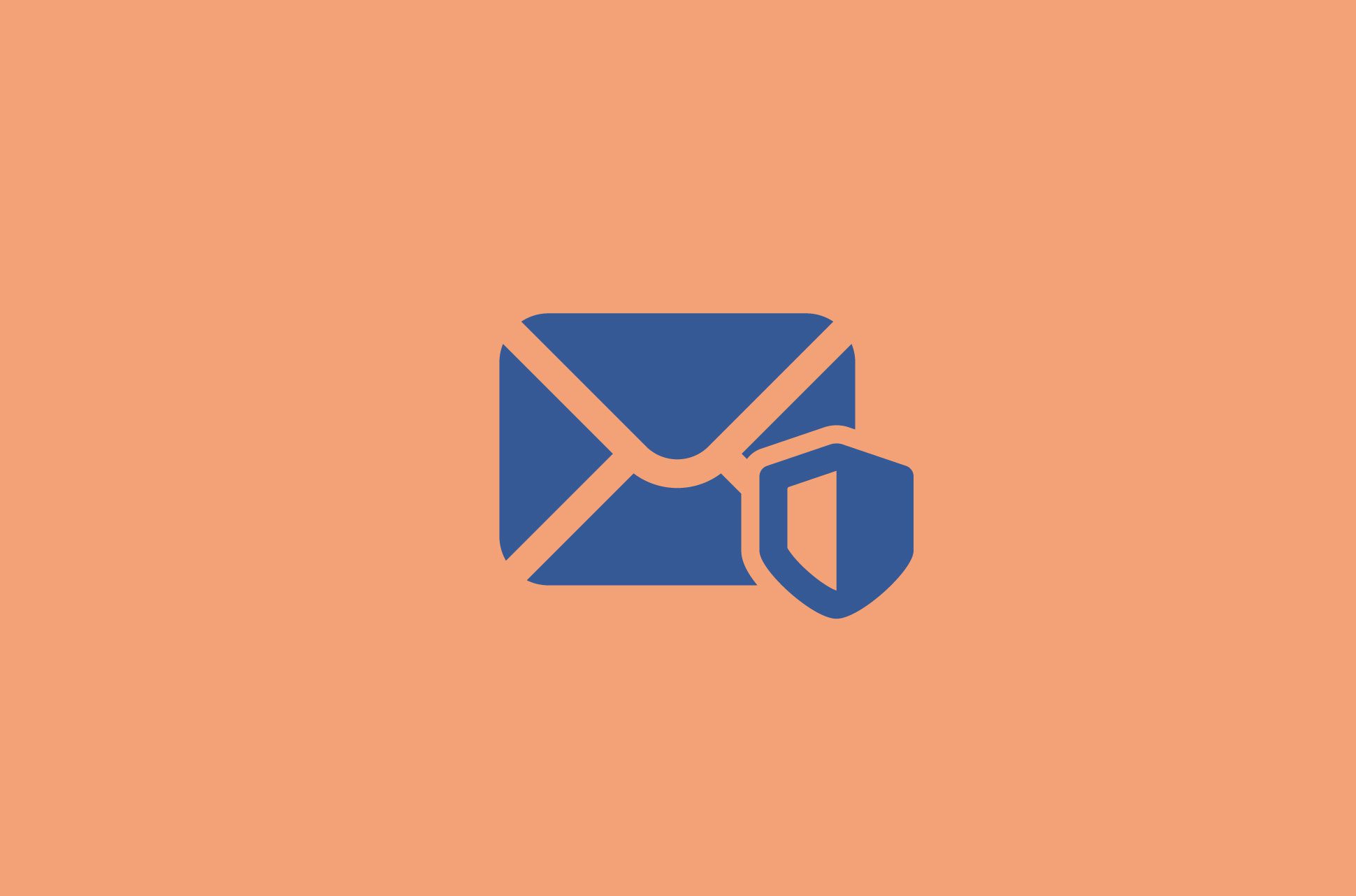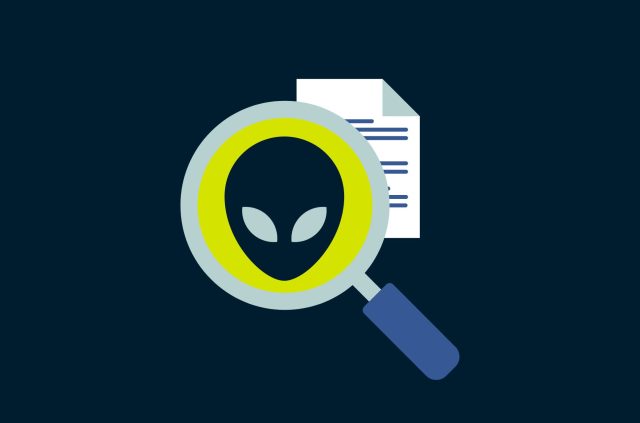
Spam: Is there a more invasive nuisance to regularly plague your inbox? Spam comes in many forms (e.g., chain emails, advertisements, money scams, etc.) with the most common trait being that they are unsolicited. Named for a Monty Python sketch in which unwanted Spam, the canned food item, is served in every dish, email spam is anything but a comedy. If anything, it’s more akin to the Divine Comedy, and much like Dante’s descent into the nine circles of hell, sorting through your inbox can be a tiresome experience.
One way to avoid spam is by opening a different email address whenever you need to provide one for, say, buying something online. This ensures your “real” email address does not receive ads from the company or others who might obtain your details because of this purchase. You can get temporary email addresses, lasting as short as 10 minutes. (One popular service to try is 10 Minute Mail.) But signing up for separate email addresses for everything is a cumbersome process.
[For more digital security insights, sign up to the ExpressVPN blog newsletter.]
Protect your email address with a forwarding service
This is where anonymous email and alias forwarding services like AnonAddy and SimpleLogin come in. Recently, Apple launched its own, called Hide My Email.
At the most basic level, these services allow you to create and manage numerous “alias” email addresses that forward to your inbox. These email alias services differ from temporary email addresses in that an email alias will last for however long you need it to.
AnonAddy
Free: 0 USD/year, unlimited standard aliases, 20 shared domain aliases , 2 recipients
Lite: 12 USD/year, unlimited standard aliases, 70 shared domain aliases, 1 custom domain, 5 recipients
Pro: 36-48 USD/year, unlimited standard aliases, unlimited shared domain aliases, 10 custom domains, 30 recipients, 3 additional usernames
Browser extensions: Chrome and Firefox
Smartphone apps: Android (Google Play and F-Droid) and iOS
Company: privacy policy, security outline, and roadmap
Founded by UK-based developer Will Browning, AnonAddy was developed to provide an affordable, open-source, ad-free, encrypted, and multi-alias email forwarding service to thwart spam.
AnonAddy works in three steps:
- Sign-up and register a username
First step is to register a username. For example, we’ll use loremipsum. Once registered, we can then use test@loremipsum.anonaddy.com (or .me) as an email address. Note that in this example, test is used as a placeholder for any valid alias you choose. Another option is to use a randomly generated string of numbers and letters if you wish to remain anonymous. So for example, this could then be test@1x2v3.anonaddy.com. Shared domains, e.g. @anonaddy.me, are also offered for use should you be concerned about your identity being linked to alias ownership. Custom domains can also be configured if desired.
- Create aliases
Next step is to begin creating aliases. This can either be done on the fly or pre-generated and are to be used when signing up to a newsletter or registering a new account on a website. So for example, if you wanted to subscribe to the awesome ExpressVPN blog newsletter (hint), you could do so with expressvpn@loremipsum.anonaddy.com (or .me). AnonAddy will then automatically create this alias which can be used to send and receive emails.
Under AnonAddy, standard aliases are those that are created on the fly. Shared domain aliases must be pre-generated.
- Manage aliases
Now here comes the fun part. Say one of the aliases you’ve created starts receiving spam. You now have the ability to deactivate said alias with the flick of a switch. AnonAddy will then discard any future emails that attempt to come through to that alias. If you decide to delete that alias altogether, AnonAddy will outright reject any future emails.
SimpleLogin
Free: 0 USD/year, 15 aliases, unlimited bandwidth, unlimited reply/send from alias, 1 mailbox
Premium: 30-36 USD/year, unlimited aliases, unlimited custom domains, 50 directories/usernames
Enterprise: Dedicated server & database, single sign-on
Browser extensions: Chrome and Firefox
Smartphone apps: Android (Google Play and F-Droid) and iOS
Company: privacy policy, security overview, and roadmap
Founded by French-based developers SimpleLogin SAS, SimpleLogin was developed to provide a simple experience for protecting email addresses. SimpleLogin is open source, encrypted, private, and affordable.
Additionally, SimpleLogin can also help parents keep their children safe online. You can use multiple inboxes—one for yourself and one for your child—so that you’ll also receive any message that is sent to an alias set up for your child.
As the name suggests, SimpleLogin works in two steps:
- Create aliases
Once you’ve signed up and are logged in to SimpleLogin, simply create or generate a new alias for each use case you have (e.g., alias@aleeas.com or test@aleeas.com). This can of course include things like newsletter sign up (perhaps to your favourite VPN provider?), website registration, banking, or work correspondence. You can now use aliases to replace emails everywhere!
- Receive emails
You can now receive and send emails from the aliases you’ve created. Also, using SimpleLogin aliases for your business is a great way to save on paying for extra email inboxes.
Apple's Hide My Email
iCloud+ account required: 0.99 USD, 2.99 USD, or $9.99 USD per month
Available on iPhone, iPad, and Mac
Hide My Email is a service provided by Apple that allows you to create unique, random email addresses that keeps your actual email address hidden. The service is available on iOS 15 for the iPhone, iPad, macOS, and on iCloud.com.
Hide My Email works by generating unique, random alphanumeric email addresses from a user’s iCloud email. Generated emails addresses are described as “temporary” but you can technically keep them as long as you want. When you sign up for a service or buy something online, simply generate an email. Any emails (such as confirmation numbers) sent to this generated email get forwarded to your real email.
Read more: 8 ways your email stops spam
Take the first step to protect yourself online. Try ExpressVPN risk-free.
Get ExpressVPN

















Comments
Why not Firefox aliases ? Very private, safe and easy to use as they’re integrated to your browser.
how about how to get a ph# that is an alias so that googllllle/youtubr cant trace you to a credit card when trying to signup for an account!!!
The problem is that the s*** face marketers, and their f****** brainless web developer boy-toys are finding and blocking all of the great services like those discussed here. So when you try to sign up for things and use a service designed to protect your real e-mail address, you get error messages saying you are using an invalid e-mail. This pretty much puts us back in the boat of having to create new e-mail accounts. Or...refuse to do business with anybody who blocks your e-mail service. And let them know that's why you are not making your purchase from them. Maybe the a** h**** will get a clue if enough of us say "no".